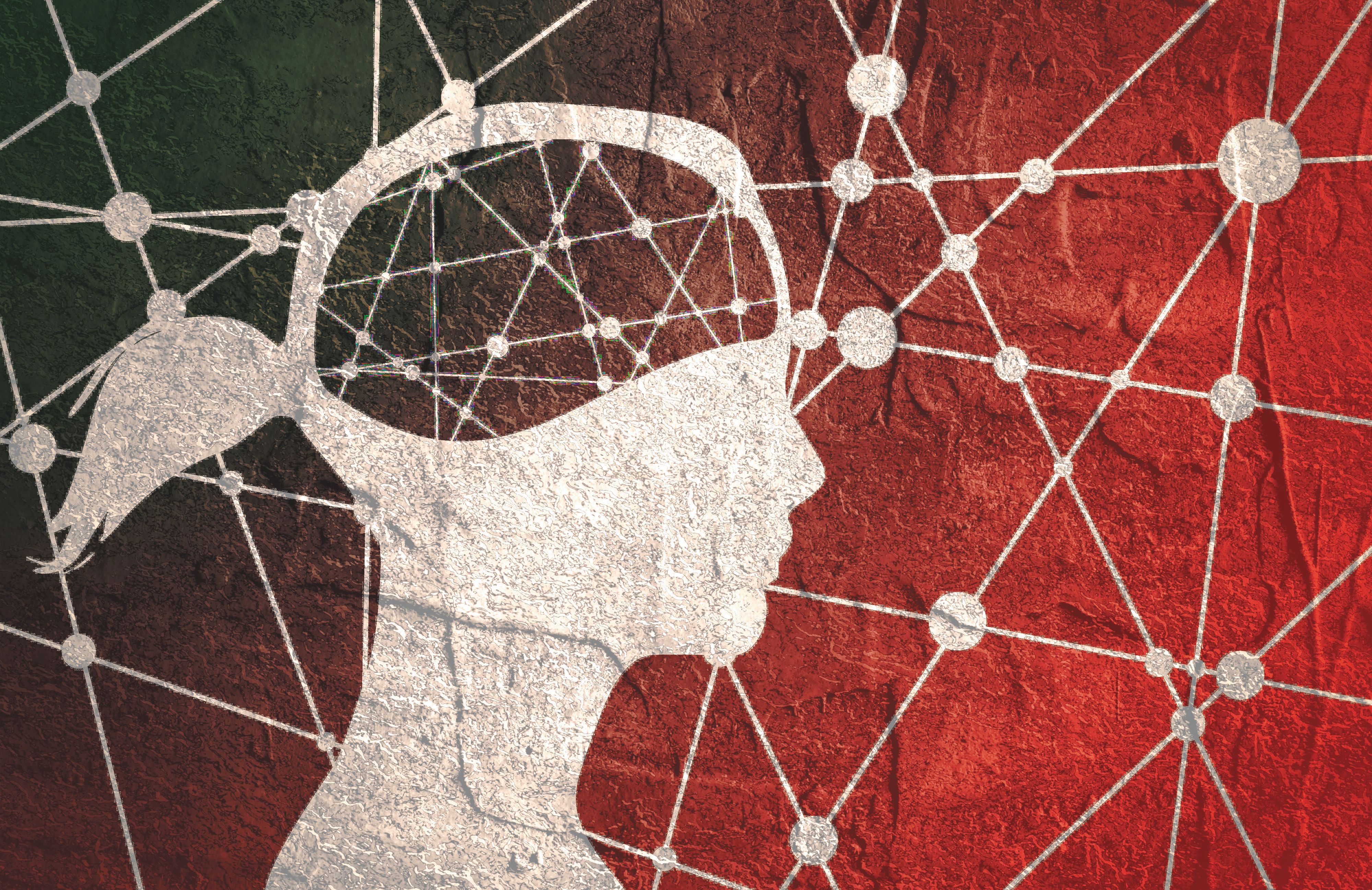Publication
Article
Psychiatric Times
Addressing Depression: The World’s Largest Health Problem
Author(s):
Despite the scope and magnitude of rising rates of depression and suicide, the field of psychiatry may be witnessing a turning point.
©GRAL/Shutterstock

Depression is the world’s largest health problem, accounting for more disability than any other disease worldwide.1 Many patients with major depressive disorder (MDD) are never diagnosed, and those who are diagnosed may not receive adequate treatment due to factors that include stigma, a lack of understanding of the medical nature of depression in the community, and access to care. This is highly relevant to the current discourse surrounding the need to curb the rising worldwide suicide rate, since untreated MDD is a primary cause of completed suicides.2 Similarly, the psychiatric community has grappled with problems related to stigma and the need for patient education on the pathophysiological explanations of depression and the deployment of effective treatments.
Yet the field continues to suffer both from the lack of a complete mechanistic understanding of depression as well as from a therapeutic portfolio that is only partially effective. Only one in three patients will achieve remission following up to 12 weeks of treatment with a first-line antidepressant medication.3 These factors re-enforce a lack of clarity regarding the causes of depression and appropriate treatment strategies both within and outside of the medical community. This in turn unwittingly contributes to the stigma and confusion surrounding the world’s largest health problem.
Despite the scope and magnitude of the problem, the field may be witnessing a turning point in our capacity to understand and treat depression. Advances in functional neuroimaging have led to the identification of biological subtypes of depression4 and to the identification of specific moderators of treatment response to medication verses psychotherapy.5 Very recently, the advantages of pharmacogenetic-guided treatment compared to treatment as usual was shown in the first large-scale demonstration in a study that included more than 1,000 patients with MDD who were unresponsive to an initial first-line therapy.6 These developments may herald substantial progress towards personalized medicine for depression in the years to come.
At the same time, clinical trials research is yielding positive results for compounds that act at therapeutics targets outside of the monoamine system, including glutamate, GABA, and opioid systems. In the very near future we may witness the first truly novel antidepressant agents to enter the clinic in decades. Therefore, despite the sobering scale of the problem, tangible progress in depression research and treatment should encourage optimism in clinicians and patients alike. With continued work, the future will continue to brighten.
IN THIS SPECIAL REPORT
The Psychopharmacology of Depression: New Strategies, Formulations, and Future Implications
Psychotherapeutic Interventions for Depression: Which Work Best?
Major Depressive Episode: Is It Bipolar I or Unipolar Depression?
Multimodal Markers and Biomarkers of Treatment
Pseudobulbar Affect Versus Depression: Issues in Diagnosis and Treatment
Disclosures:
Dr. Murrough is Associate Professor of Psychiatry and Neuroscience and Director of the Mood and Anxiety Disorders Program at the Icahn School of Medicine at Mount Sinai in New York City. Dr. Murrough conducts clinical and translational research aimed at discovering the biological mechanisms of these disorders in order to point the way towards novel, improved treatments for patients.
Dr. Murrough provides consultation services to Allergan, Fortress Biotech, Novartis, Janssen Research and Development, Genentech, ProPhase, and Global Medical Education and has received research support from Avanir Pharmaceuticals. Dr. Murrough is named on a patent pending for neuropeptide Y as a treatment for mood and anxiety disorders.
References:
1. Smith. A world of depression. Nature 2014;515:181.
2. Mann JJ, Apter A, Bertolote J, et al. Suicide prevention strategies: a systematic review. JAMA. 2005; 294:2064-2074.
3. Trivedi MH, Rush AJ, Wisniewski SR, et al. Evaluation of outcomes with citalopram for depression using measurement-based care in STAR*D: implications for clinical practice. Am J Psychiatry. 2006;163:28-40.
4. Drysdale AT, Grosenick L, Downar J, et al. Resting-state connectivity biomarkers define neurophysiological subtypes of depression. Nat Med. 2017;23:28-38.
5. Dunlop BW, Rajendra JK, Craighead WE, et al. Functional connectivity of the subcallosal cingulate cortex and differential outcomes to treatment with cognitive-Behavioral therapy or antidepressant medication for major depressive disorder. Am J Psychiatry. 2017;174:533-545.
6. Greden JF. Combinatorial Pharmacogenomics Significantly Improves Response and Remission for Major Depressive Disorder: A Double-Blind, Randomized Control Trial. American Psychiatric Association Annual Meeting, 2018.







